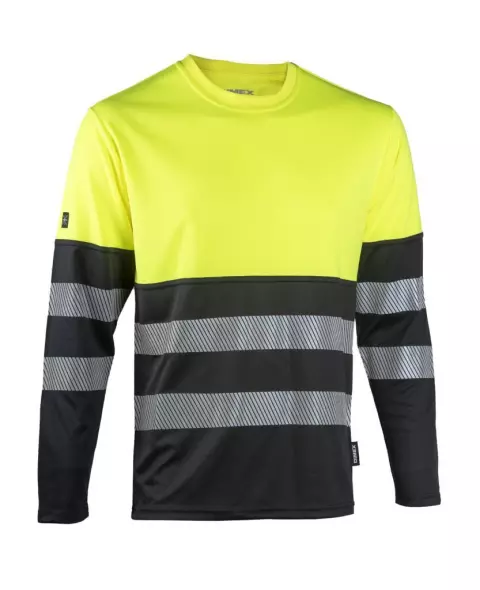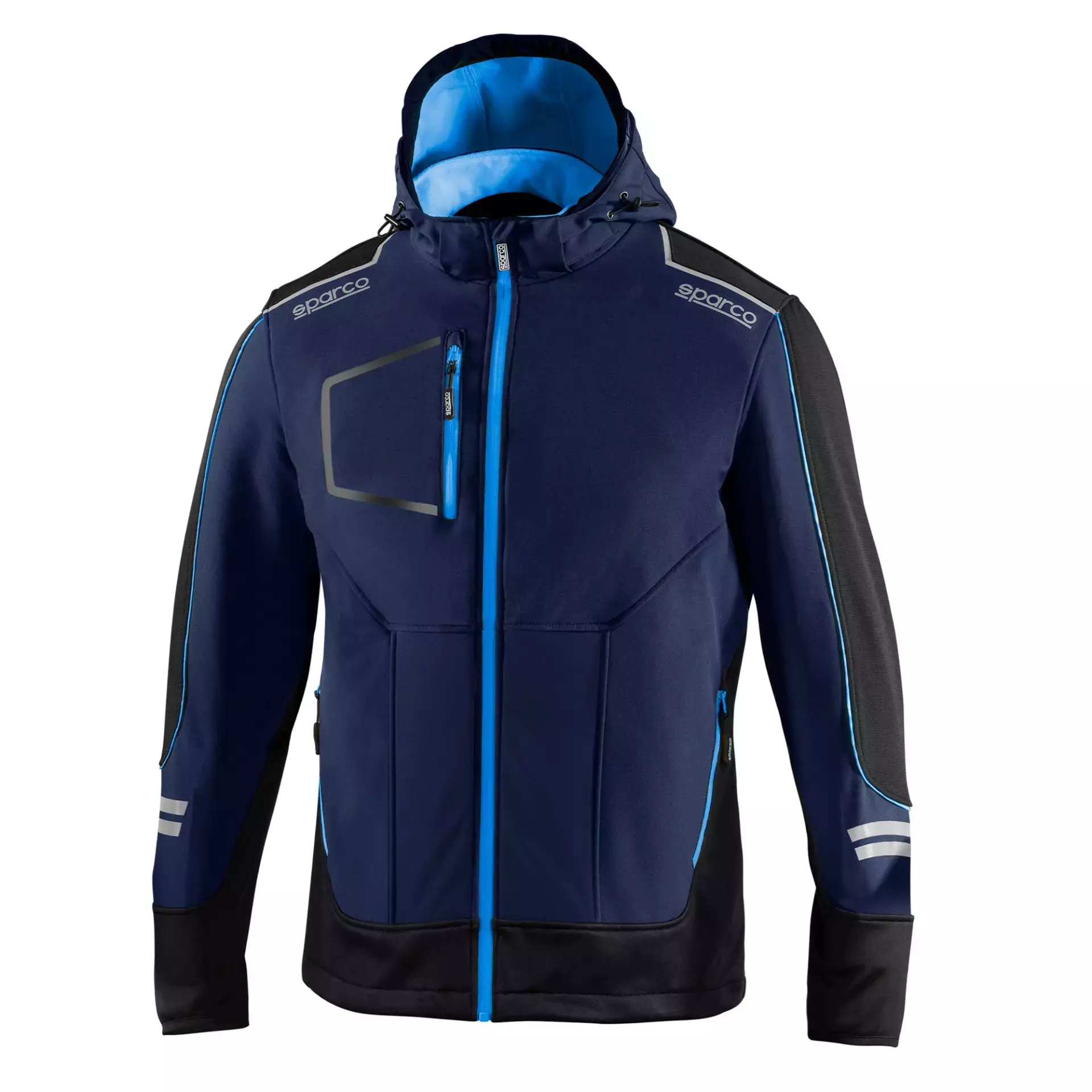
Essential PPE in the Food Industry: What You Need to Know
Overwhelmed by PPE options for food safety? Master your PPE selection for food workers safety with these practical tips.

Get 20€ off on your first order!
Staying comfortable and efficient in winter warehousing is achievable with the right gear, which provides warmth, flexibility, and protection against cold conditions.
This guide ensures you’ll find the perfect winter work overalls to stay warm, comfortable, and productive while tackling these challenges. With our expertise and tips, you’ll confidently choose insulated coveralls or snow bibs that meet your specific needs.
Additionally, we’ll prepare you for your next step: accessorizing with complementary winter gear to create a fully optimized cold-weather workwear ensemble. For a broader understanding, check out our Work Overalls For Winter: The Ultimate Guide.

When shopping for winter work overalls, prioritize features that address both comfort and functionality in a warehousing setting.
The primary purpose of winter overalls is to provide effective insulation. Look for:
In warehousing, you’ll likely bend, lift, and stretch frequently. Choose overalls with:
High-quality overalls are built to provide exceptional durability and reliability, making them ideal for the rigorous requirements of warehousing tasks. Ensure your overalls feature:
Effective temperature regulation also requires breathability to prevent overheating during active tasks. Overalls with ventilation zippers or moisture-wicking linings are ideal for warehouse workers.
Ensure your overalls comply with necessary safety standards. Features to consider include:
Learn more about general cold-weather workwear tips from Facility Management’s guide on winter workwear.
An ill-fitting pair of overalls can hinder your performance and compromise comfort. Follow these steps to determine the right size:
| Measurement | How to Measure | Ideal Fit |
| Chest | Measure around the fullest part of your chest. | Should allow layering underneath without being loose. |
| Inseam | Measure from crotch to the bottom of your leg. | Should be long enough to cover your boots but not drag. |
| Waist | Measure around your natural waist. | Elastic options are preferable for flexibility. |
When in doubt, consult the manufacturer’s sizing chart and opt for adjustable features for a more personalized fit.
Different materials suit different warehousing needs. Below is a quick comparison:
| Material | Pros | Cons |
| Polyester Blend | Durable, affordable, and warm. | Less breathable. |
| Cotton-Polyester | Comfortable and breathable. | May not be as water-resistant. |
| Nylon with Insulation | Lightweight and water-resistant. | Can be pricier. |
For additional material insights, check out Industrial Workwear’s guide.
Layering effectively underneath your winter overalls can further enhance comfort and protection:
For a wide selection of winter overalls, including snow bibs and insulated coveralls, explore Droppe’s winter overalls collection.
For complete cold-weather protection, consider these:
We hope this guide has provided you with the knowledge to confidently choose the perfect winter work overalls for your warehousing needs, ensuring safety, warmth, and efficiency during the colder months. By focusing on key features, materials, and proper fit, you can make an informed decision that suits your specific requirements.
Discover more options and insights in our main guide on winter work overalls. And if you’re ready to complete your winter workwear arsenal, explore our range of related articles and products to tackle any cold-weather challenge ahead:
Should you have any questions or need further advice, our team is always here to assist. Equip yourself for success—your gear will provide you with the preparedness and confidence to tackle winter tasks efficiently and comfortably.
Use mild detergent on a gentle cycle and avoid bleach or fabric softeners. Hang-dry or use low heat in the dryer to protect the insulation.
Many brands offer men’s, women’s, and unisex options. Check the brand’s size chart for the best fit.
Look for snug cuffs to avoid snagging, reinforced knees and seat for durability, and reflective trims for visibility in low-light conditions.
Look for relevant certifications on the label (e.g., EN 342) and confirm compliance with local safety regulations.
Many are suitable for sub-zero temperatures, but for harsh climates, opt for specialized gear with higher-rated waterproofing and wind protection.
Thank you! You've signed up for our newsletter.



















Overwhelmed by PPE options for food safety? Master your PPE selection for food workers safety with these practical tips.

Struggling to maintain clear vision in demanding environments? This guide is here to help. By the end, you’ll know exactly...

Electricians across Europe face unique challenges that require reliable safety glasses to ensure both protection and efficiency. Whether safeguarding against...

Overwhelmed by PPE options for food safety? Master your PPE selection for food workers safety with these practical tips.

Struggling to maintain clear vision in demanding environments? This guide is here to help. By the end, you’ll know exactly...

Electricians across Europe face unique challenges that require reliable safety glasses to ensure both protection and efficiency. Whether safeguarding against...
Get 20€ off on your first order!
Save 30% by buying directly from brands, and get an extra 10€ off orders over €100
Save 30% by buying directly form brands, and get an extra 10€ off orders over €100